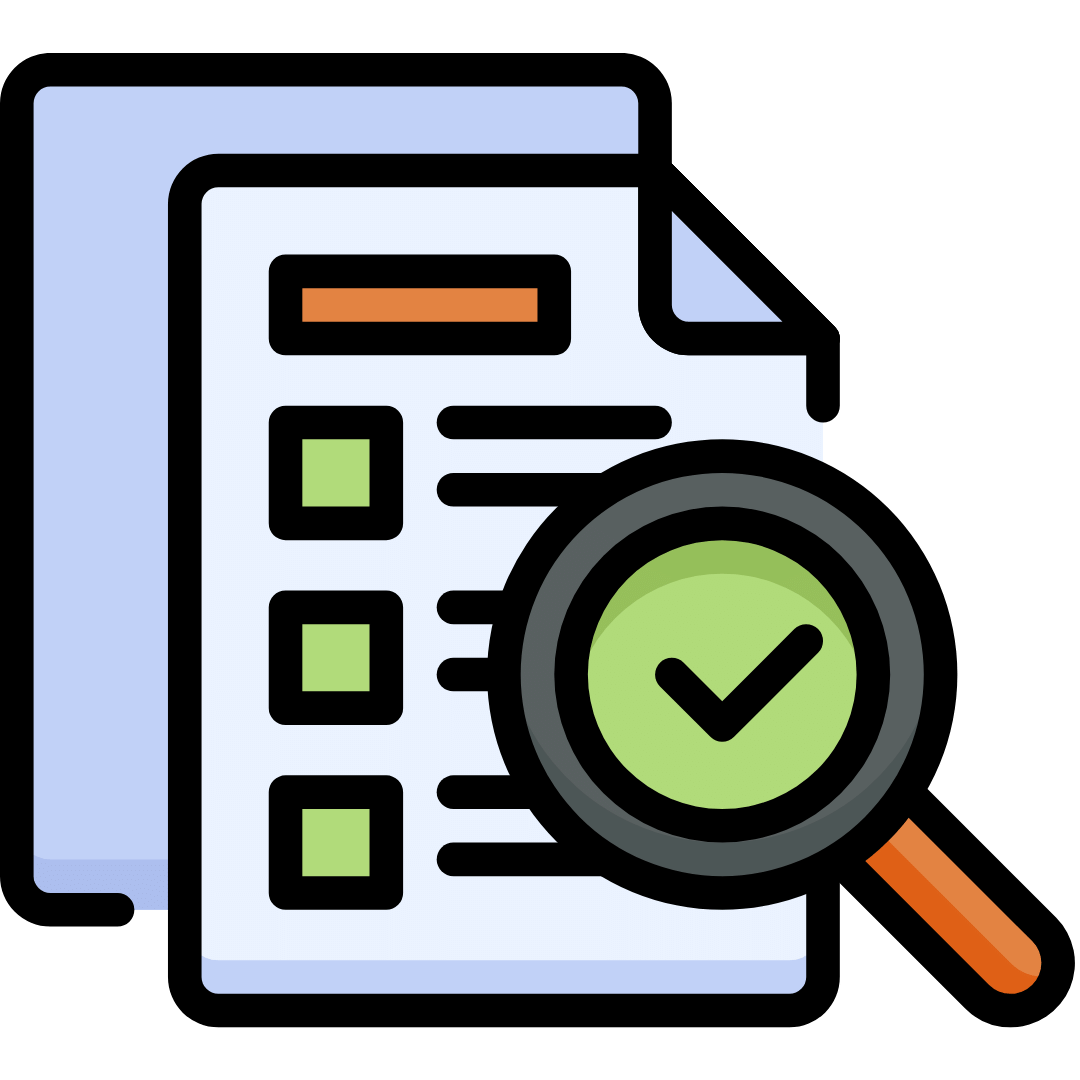Vulnerability assessment is the process of identifying, quantifying, and prioritizing vulnerabilities in a system, network, or application. It aims to proactively detect security weaknesses to prevent potential exploitation by attackers.
How It's Performed:

Asset Identification
Identifying and cataloging all assets within the scope of the assessment, including systems, networks, applications, and data repositories.

Vulnerability Scanning
Using automated tools to scan the assets for known vulnerabilities, misconfigurations, and weaknesses in software components.

Manual Verification
Conducting manual verification of identified vulnerabilities to validate their existence and assess their impact on the overall security posture.

Risk Prioritization
Prioritizing identified vulnerabilities based on their severity, exploitability, and potential impact on the organization's operations and data.

Remediation Recommendations
Providing recommendations and remediation strategies to address identified vulnerabilities and mitigate associated risks.

Reporting
Compiling assessment findings into a comprehensive report that includes an executive summary, detailed vulnerability analysis, risk assessment, and remediation recommendations.
Process of Vulnerability assessment:
1. Asset Identification
2. Vulnerability Scanning
3. Manual Verification
4. Risk Prioritization
5. Remediation Recommendations
6. Reporting
Process of Vulnerability assessment:
1. Asset Identification
2. Vulnerability Scanning
3. Manual Verification
4. Risk Prioritization
5. Remediation Recommendations
6. Reporting

Why It's Useful:
- Risk Identification: Helps identify potential security weaknesses and vulnerabilities before they can be exploited by attackers.
- Risk Identification: Helps identify potential security weaknesses and vulnerabilities before they can be exploited by attackers.
- Risk Mitigation: Enables organizations to prioritize and address vulnerabilities to reduce the risk of security breaches and data loss.
- Continuous Improvement: Provides insights into the organization's security posture and helps prioritize investments in security controls and resources.
- Enhanced Security Awareness: Raises awareness among stakeholders about the importance of cybersecurity and the need for proactive risk management.
Common Vulnerabilities for Vulnerability assessment
- Outdated Software
- Misconfigured Systems
- Default Credentials
- Lack of Encryption
- Weak Authentication
- Excessive Permissions
- Missing Security Updates
- Insecure Network Services
- Cross-Site Scripting (XSS)
- SQL Injection
Tools commonly used for Vulnerability assessment
Tools commonly used for Vulnerability assessment
Need penetration testing for your digital asset?
If yes, please fill the 'Get a Quote' form and submit it. Our security expert will be reaching you directly and take it forward.
Frequently Asked Questions?
- Outdated Software
- Misconfigured Systems
- Default Credentials
- Lack of Encryption
- Weak Authentication
- Excessive Permissions
- Missing Security Updates
- Insecure Network Services
- Cross-Site Scripting (XSS)
- SQL Injection
Key steps in conducting a vulnerability assessment include:
- Asset identification
- Vulnerability scanning
- Vulnerability analysis
- Risk prioritization
- Reporting and remediation.
Vulnerabilities are prioritized for remediation based on their severity, potential impact on the organization, exploitability, and ease of remediation.
Benefits of regular vulnerability assessments include:
- Early detection of security weaknesses
- Reduced risk of security breaches
- Enhanced compliance with regulations
- Improved security posture
- Cost-effective risk management.

